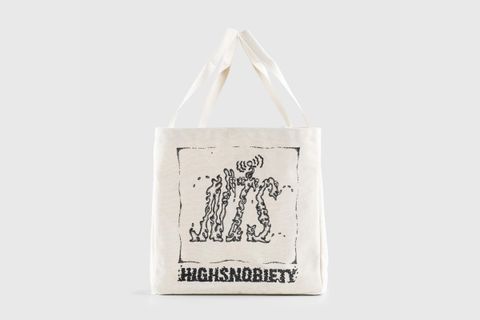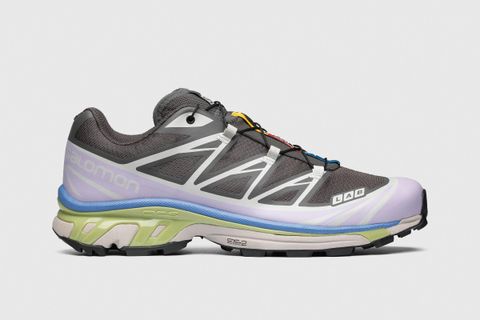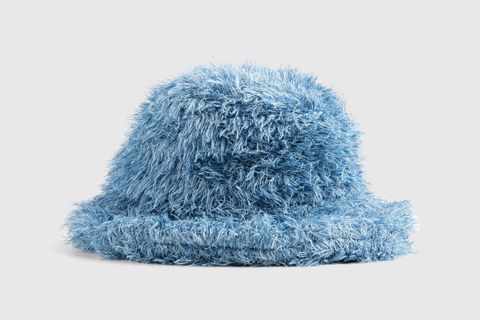We’re in the Throes of a Great Mall-Brand Renaissance
From TikTok’s obsession with a Banana Republic tote bag to J. Crew tapping NOAH designer Brendon Babenzien to lead its men’s division to the GAP collaborating with everyone from Loveshackfancy to The Brooklyn Circus, there may not be more culturally relevant places to shop than at the mall. (Remember when J. Crew filed for bankruptcy in 2020?)
American malls themselves, enduring symbols of consumerism that they are, are starting to regain more footfall, too. So, if you’re not shopping at the mall in 2023, you very well may be missing out on some of the best fashion on the market right now.
To be clear, what I mean by mall brands are the retailers that were once the hallmarks of Y2K-era fashion, when malls were temples of commerce that millennials visited every week as if following through on a religious obligation.
At least part of the mall-brand fashion resurgence might be due to social media alone, especially on TikTok where Gen Z tends to unearth a lot of otherwise forgotten and typically affordable treasures. Hashtags for mall brands number in the hundreds of millions if not the billions.
The thing is that, just as often as TikTokers upload videos of themselves dancing in their Abercrombie & Fitch jeans, these kinds of approachable fashion brands frequently wallpaper the background of viral videos, gaining the most desirable form of promotion: the organic kind.
Like when TikTok influencer Barbara Kristoffersen posted a video of herself incidentally wearing a brown GAP hoodie in 2021, leading to unexpected buzz and a viral best-seller.
GAP wisely and quickly doubled down on its newfound fanbase by allowing its admirers on TikTok choose the color of the company's next viral hoodie. Smart.
The #BarbaraKristoffersenBrownGAPHoodie hashtag has nearly 76 million views, to boot.
Even Abercrombie, once the most hated brand in the country, has been rediscovered by today’s price-conscious shoppers.
There are fashion websites writing about the fantastic pieces they’ve recently picked up from the brand, for instance, shocked to learn that Abercrombie is making clothing that's both cost-effective and stylish (though it also likely helps to at least some degree that Abercrombie has deep enough pockets to pay for spon-con).
Gone is Abercrombie's jock-meets-prepster aesthetic, buried alongside the aggressively sexual campaign material that was once the brand's raison dêtre. In its place is an appreciable coolness, a maturity shared by peers like J.Crew, Madewell, and Banana Republic.
The prices are still hovering around the fast fashion mark but the designs have evolved. These brands gently serve luxury cues in a comfort zone package.
Certainly, these brands' approachable prices help. In an inflated market flirting with recession, the allure of dependable, recognizable labels accessibly priced for the masses is undeniable.
And if you’re seeing more of these stores opening up (Victoria’s Secret, another embattled mall stalwart, has been unveiling them by the dozens in the last couple of years), it is simply because demand for them is high. This is where people want to shop now.


